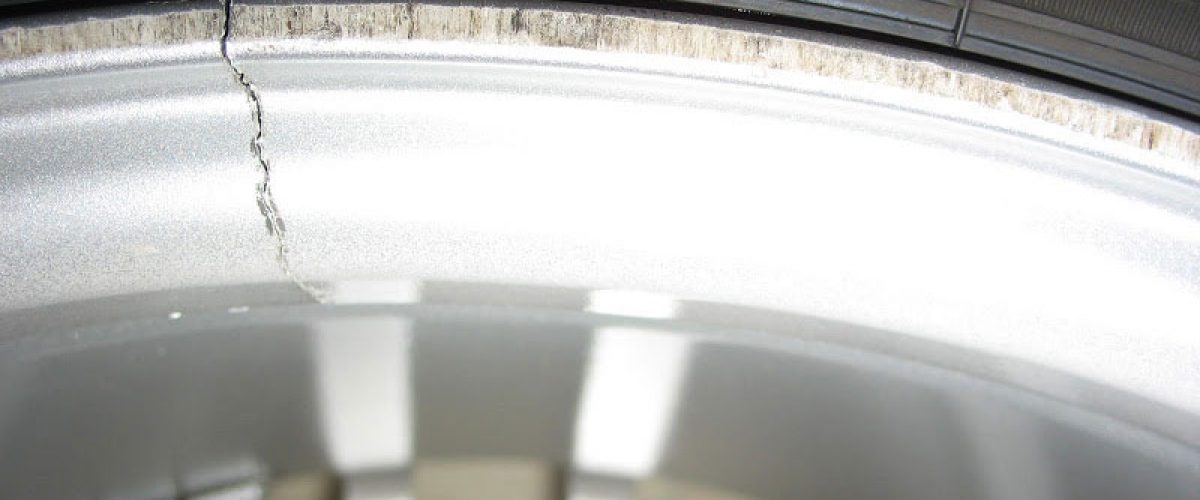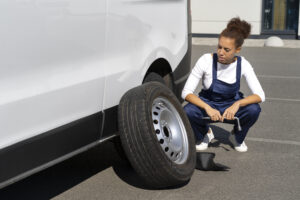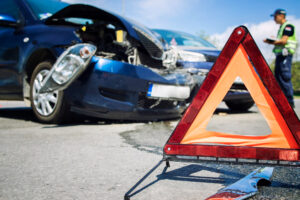By Vuyi Mpofu
Even though rims are generally sturdy, they aren’t immune to getting damaged and can result in blow-outs.
There is a joke which says that if you drive in a straight line on any road in South Africa, chances are you are intoxicated; whereas if you drive haphazardly are you are most likely to be sober. Why? Well, when you zig-zag across the road the assumption is that you are avoiding potholes.
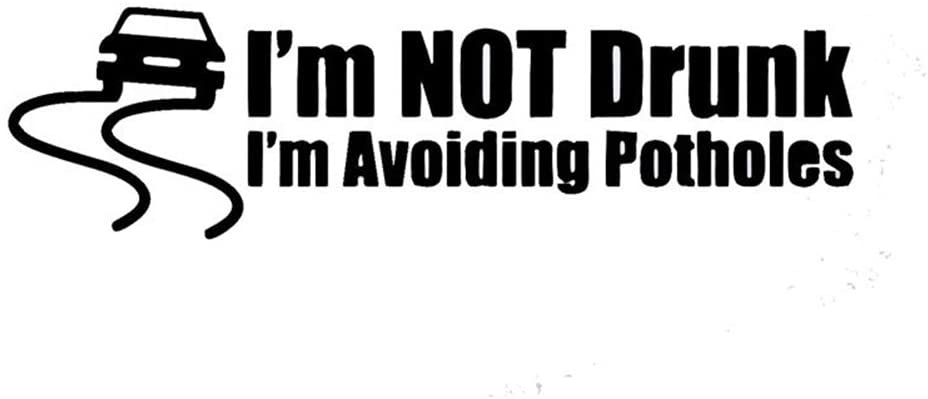
Cracked rims are just as much of a threat to your safety and the overall performance of your car as any other component of your vehicle. Sometimes, it is quite easy to spot a crack on the rim but at other times, the crack can be quite fine, making it difficult to spot.
Either way, most motorists may be unaware that there is a problem, hence it is important to regularly check the integrity of your vehicle every other day and even more so before going on a long-distance drive.
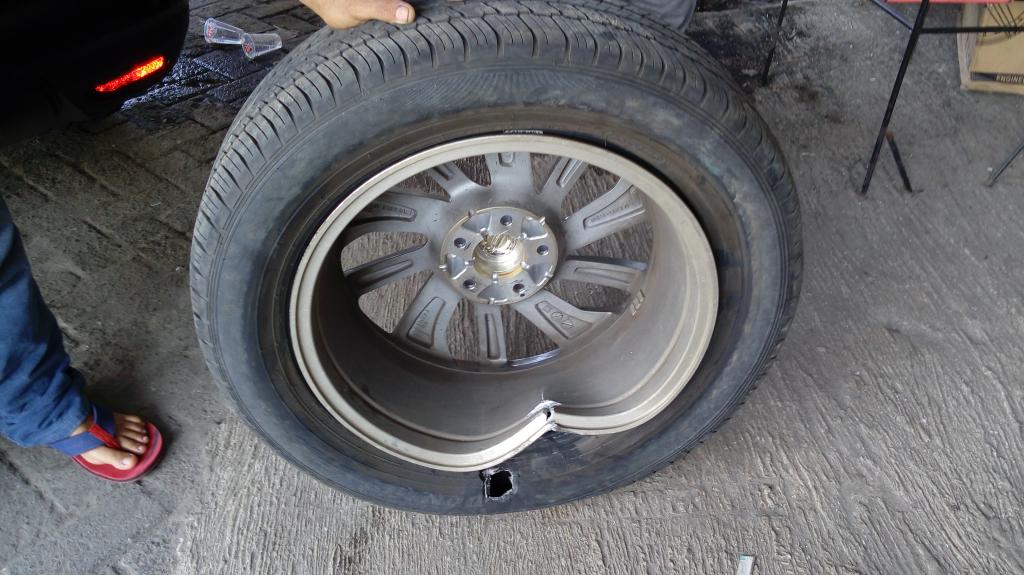
Common causes of rim damage
It may not always be possible to avoid damaging a rim but to avoid costly repairs, here are a few things you might want to steer (pun intended) clear of.
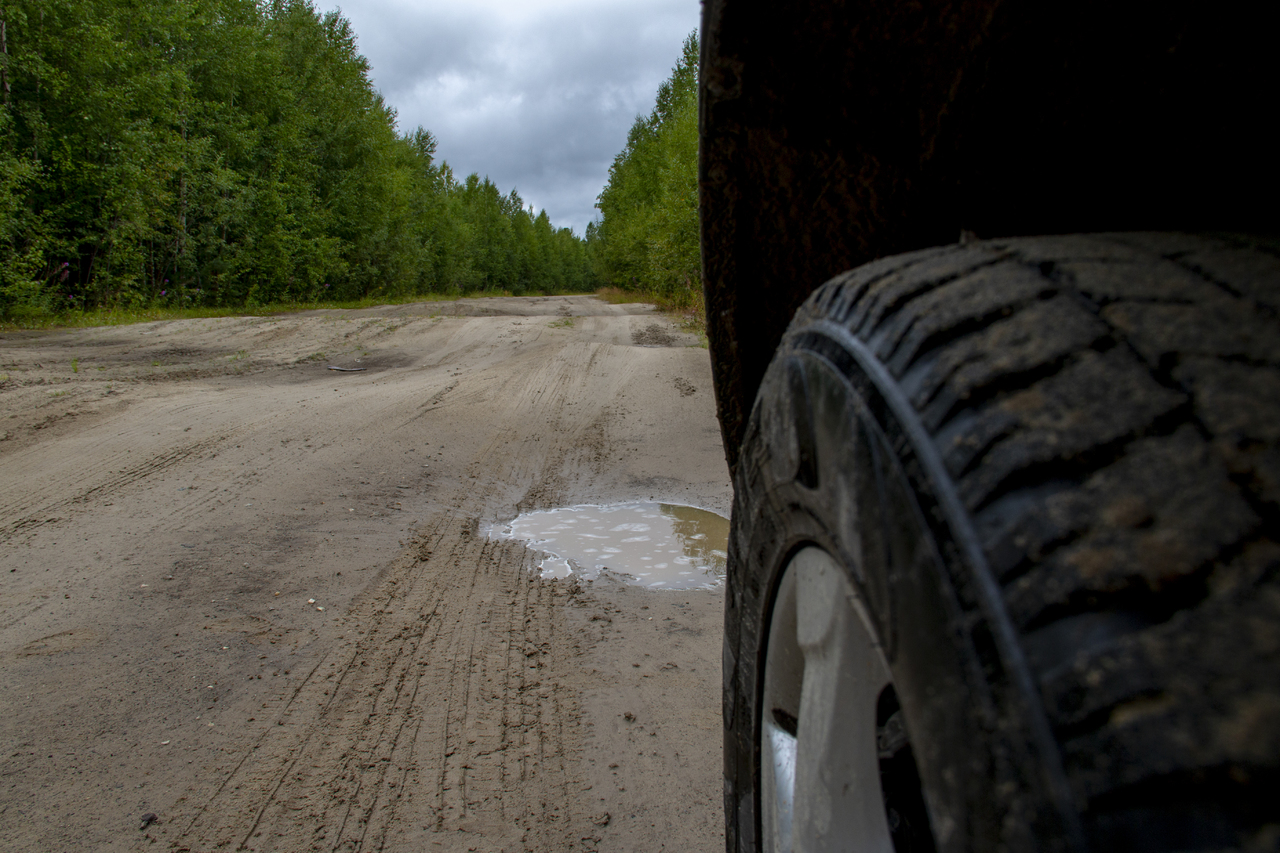
- Hitting a pothole
Potholes are the bane of our lives. They vary in width and depth and should always be approached cautiously particularly because they are a serious threat to the longevity of a car’s tyres and rims.
A lethal combination of the speed of a car, coupled with the depth, width and sharpness of the edge of a pothole has been known to rip a tyre right off its rim; shredding it almost instantly on point of contact.
At other times, the damage is not as visible to the naked eye but can reveal itself over time.
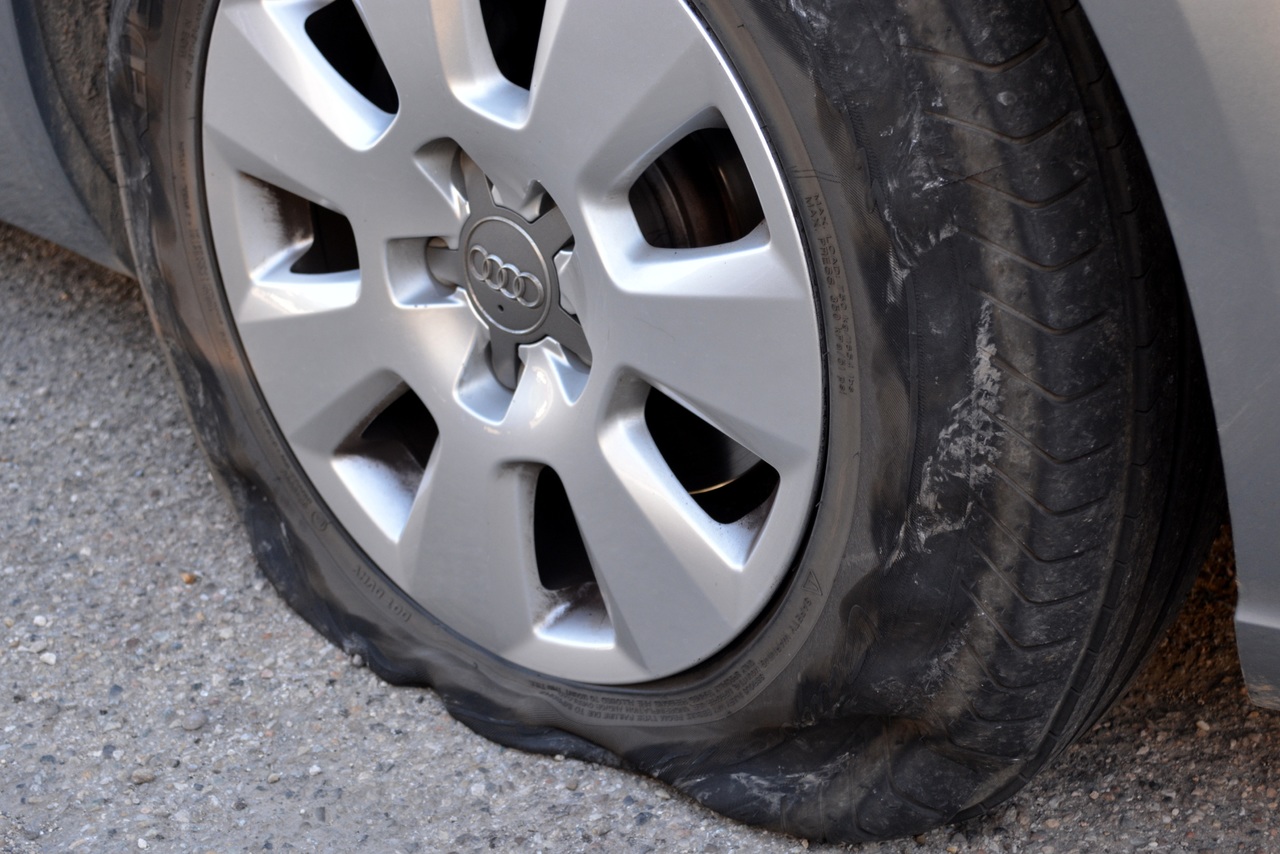
2. Driving on a flat or poorly inflated tyre
A properly inflated tyre can absorb impact from bumps and other anomalies on the road. However, a tyre that has low pressure will not absorb any impact from any irregularities on the road’s surface. Instead, the force of such impact will hit the rim directly thereby causing damage such as cracks or dings.
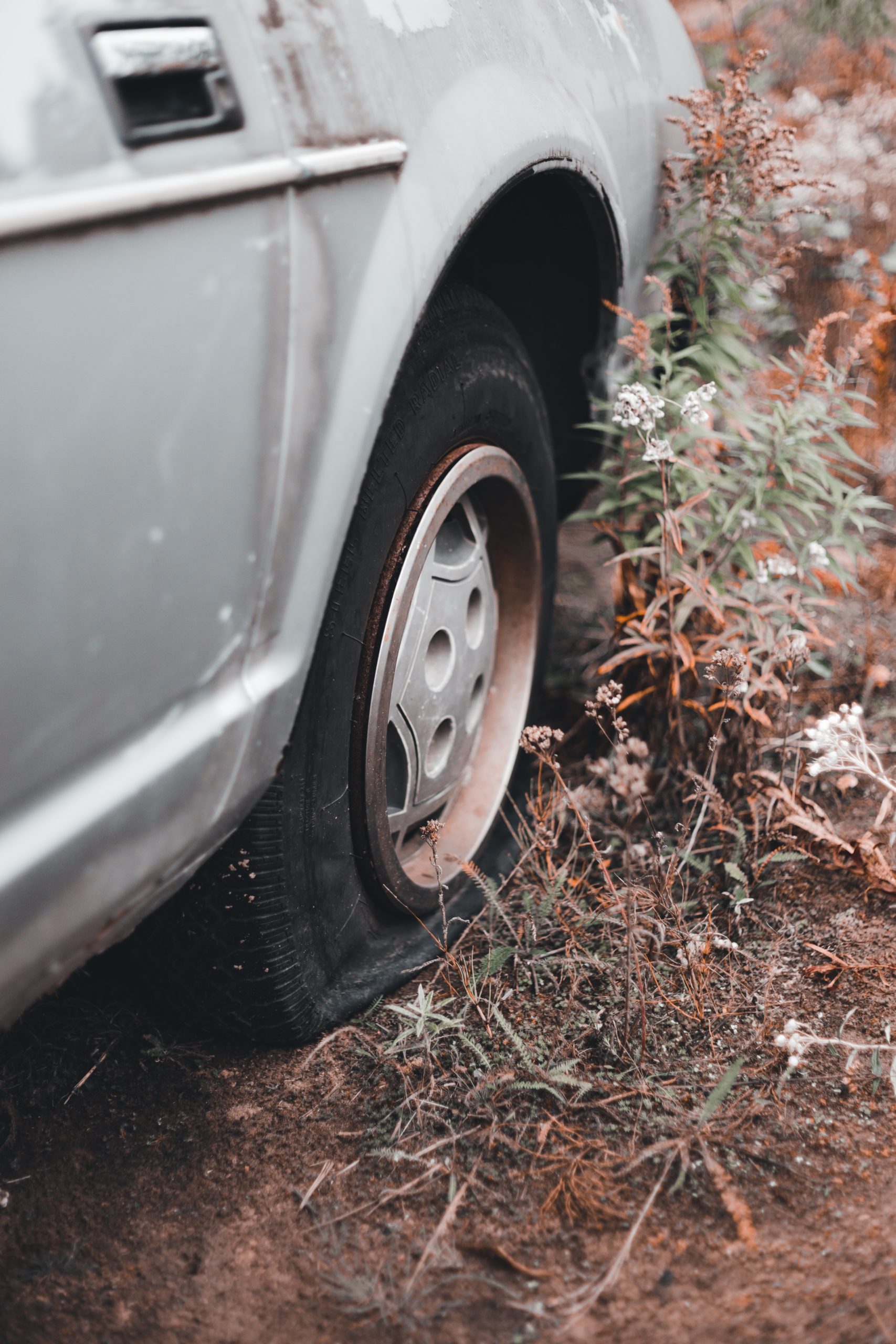
3. Driving over a curb
On roads such as ours which are, in some instances, devoid of even the faintest remnants of paint, one can occasionally drive over an unmarked curb or similar hard shoulder. This is more prevalent when driving on unfamiliar or poorly lit roads.
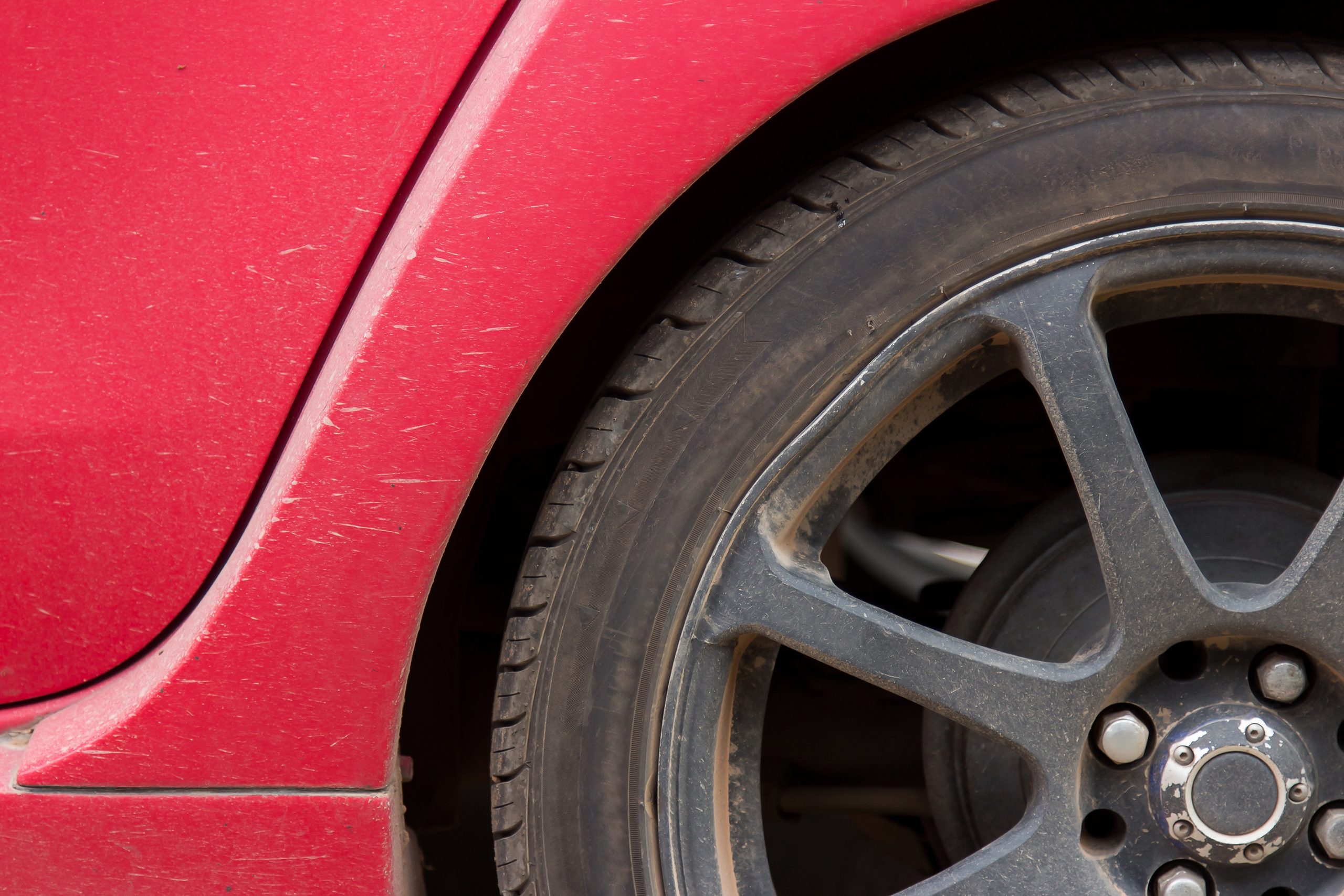
How can I tell if my rim is damaged?
- A visual inspection of your tyres and rim is one way to check the health of your wheels.
- Another is noticing a continuous vibration through the steering wheel or an unfamiliar sound emanating from the direction of the affected wheel.
- Lastly, when you notice that your tyres can no longer retain pressure for long, forcing you to pump them more often than normal, chances are there is a problem with your wheels.

Is it safe to drive with a cracked rim?
My quick and short answer is no.
No matter how small or fine the crack might be, it would be best to have the rim replaced as soon as possible. Cracks on your rim are a hazard and can jeopardize your safety and that of other motorists around you.
The smallest crack could either grow over time or widen exponentially at the slight of impacts. In either scenario, where there is a crack on your rim there is a very real possibility that the air from our tyres could escape abruptly and without warning. Should this happen, even the most skilled drivers would have a hard time controlling the vehicle.
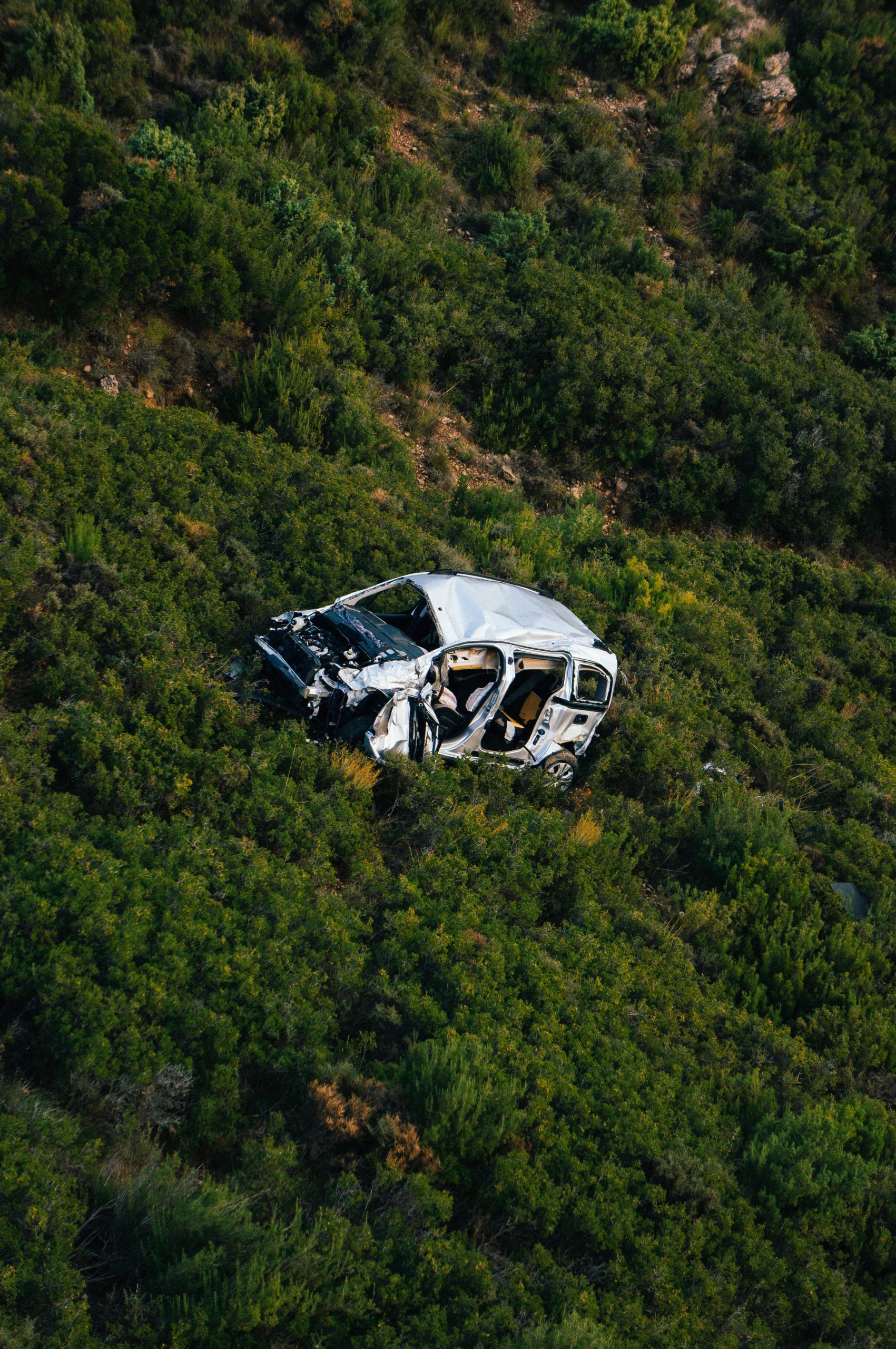
If you suspect that you have a cracked or bent rim, it is best to have it attended to immediately. Remember that your rim holds your car’s tyres and that the only contact you have with the road is about the size of the palm of your hand.
Should there be an abnormality on your rim, then suffice it to say there will be an abnormality with your tyres, causing a ripple effect which could result in a tyre blow-out, serious injury, expensive damage to your vehicle and at worst – death.
It’s better to be safe – and out of pocket due to having replaced a rim – than injured or sorry.
